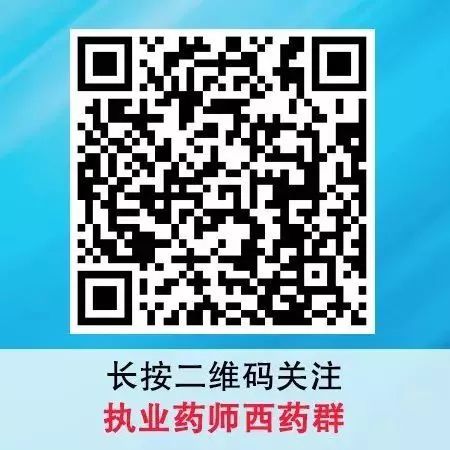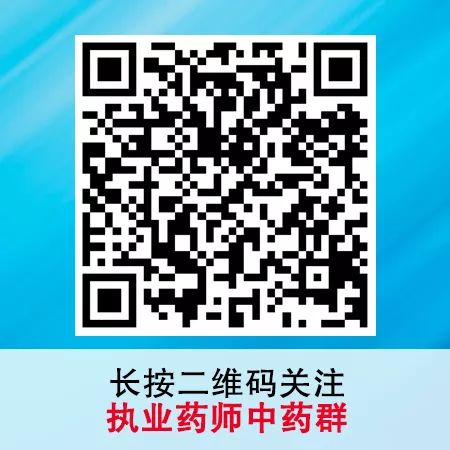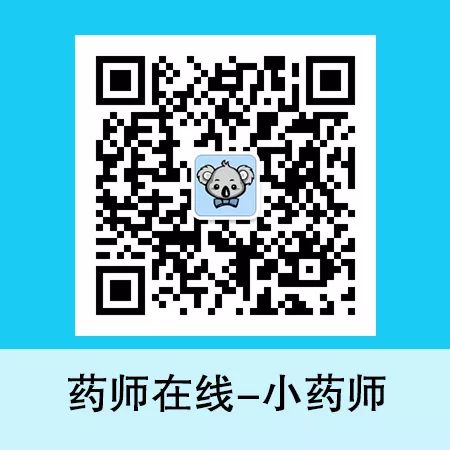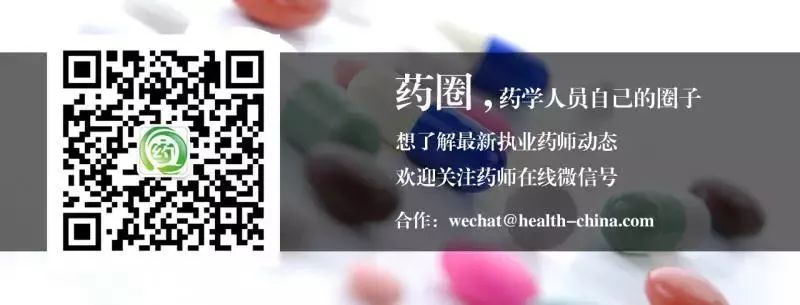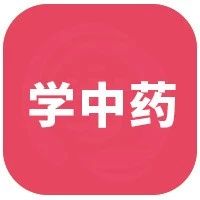
This article is a reissue, correcting some errors mentioned by everyone, and adding aliases, original plant images, etc.! If you find it useful, feel free to share it with other classmates. For those who want to see previous content, there is a person icon in the upper right corner of the WeChat dialogue box with the medicine circle, click it to view historical messages! The article is based on the practical pharmacist textbook, the Chinese Pharmacopoeia (2015 edition), “Identification of Common Chinese Medicinal Herbs” and the image database of medicinal materials from the Hong Kong Baptist University Chinese Medicine Society and other online resources! Below is the content shared today: 肉桂 (CINNAMOMI CORTEX)
Source
This product is the dried bark of the plant 肉桂 (Cinnamomum cassia Presl) from the Lauraceae family.
Related Names
官桂 (Guan Gui): 菌桂 (Jun Gui), 筒桂 (Tong Gui), 桂尔通 (Gui Er Tong), 桂通 (Gui Tong), 桂儿通 (Gui Er Tong), 条桂 (Tiao Gui). 企边桂 (Qi Bian Gui): 清化桂 (Qing Hua Gui). 板桂 (Ban Gui): 桂楠 (Gui Nan). Other names: 桂 (Gui), 玉桂 (Yu Gui), 薄桂 (Bo Gui), 安桂 (An Gui), 牡桂 (Mu Gui), 广肉桂 (Guang Rou Gui), 紫油桂 (Zi You Gui), 桂心 (Gui Xin), 肉桂末 (Rou Gui Mo), 桂皮 (Gui Pi), 油桂 (You Gui), 牡桂 (Mu Gui), 刁安 (Diao An), 安边桂 (An Bian Gui), 大板桂 (Da Ban Gui), 上油桂 (Shang You Gui), 蒙自桂 (Meng Zi Gui), 绿水桂 (Lu Shui Gui), 跤趾桂 (Jiao Zhi Gui), 黄瑶桂 (Huang Yao Gui), 丹阳木皮 (Dan Yang Mu Pi).
Images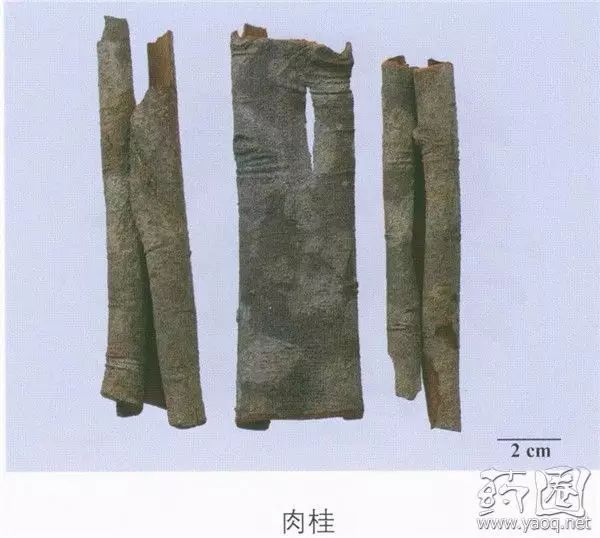
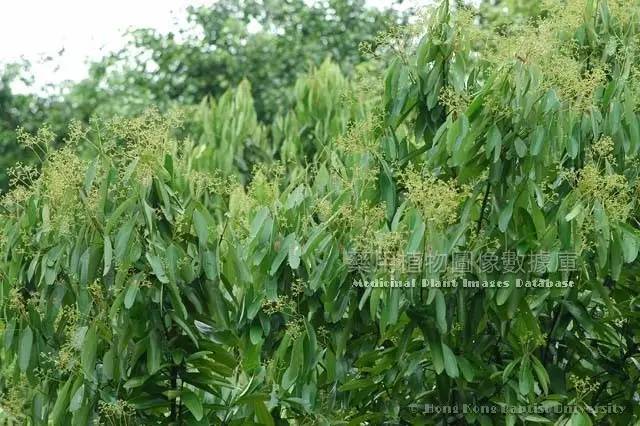
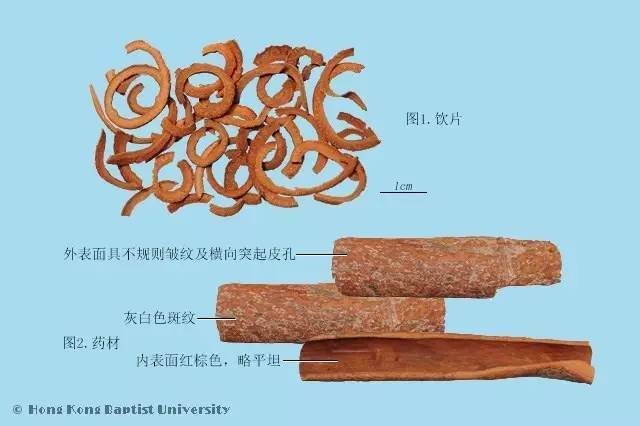
Origin:
Mainly produced in provinces such as Guangxi and Guangdong, also found in Yunnan and Fujian. Mostly cultivated.
Harvesting and Processing
Harvested in two periods each year, the first from April to May, and the second from September to October, with the second period yielding larger quantities, stronger aroma, and better quality. During harvesting, select mature cinnamon trees, strip the bark to a certain length and width, place it in a cool place, trim to various specifications, or press into shape using wooden “桂夹 (Gui Jia)” and dry in the shade or first place in a cool area for 2-3 days before drying in weak light. Depending on the harvesting and processing methods, the following products are produced: 桂桶 (Guan Gui) is the dry bark and coarse branch bark from cultivated young trees aged 5-6 years, or bark from old tree branches, not pressed, naturally curled into a tube shape. 企边桂 (Qi Bian Gui) is the dry bark from trees over 10 years old, with both ends cut at an angle to expose the 桂心 (Gui Xin), pressed into a shallow groove shape with the sides curling inward. 板桂 (Ban Gui) is the dry bark from the lowest part of the tree near the ground, pressed in a wooden 桂夹 (Gui Jia), dried to about 90% dry, stacked and pressed for about a month until completely dry, forming a flat board shape. 桂碎 (Gui Sui) are fragments produced during the processing of 桂皮 (Gui Pi).
Identification of Characteristics
This product is in a groove or rolled tube shape, 30-40 cm long, 3-10 cm wide or in diameter, and 0.2-0.8 cm thick. The outer surface is gray-brown, slightly rough, with irregular fine wrinkles and transverse raised pores, some may show gray-white spots; the inner surface is reddish-brown, slightly flat, with fine longitudinal lines, and shows oily marks when scratched. It is hard and brittle, easily broken, with an uneven fracture surface, the outer layer is brown and rough, while the inner layer is reddish-brown and oily, with a yellow-brown line between the two layers. The aroma is strong, with a sweet and spicy taste.
Properties and Meridian Affinities
Spicy, sweet, and hot. Enters the Kidney, Spleen, Heart, and Liver meridians.
Characteristics
This product is spicy and sweet, hot, and purely Yang, warming and dispersing. It enters the Kidney meridian, effectively warming and supplementing the fire of the Mingmen (命门) to benefit Yang, dispel Yin, and guide fire back to its source, making it a key herb for treating coldness and deficiency in the lower source, and floating Yang. It enters the Spleen meridian, effectively warming Spleen Yang and dispersing cold pathogens, making it an excellent remedy for Yang deficiency with internal cold. It enters the Heart and Liver meridians, effectively dispersing Yin cold in the blood and warming the meridians to unblock the vessels, commonly used for cold stagnation and blood stasis.
Functions
Supplement fire and assist Yang, guide fire back to its source, disperse cold and relieve pain, warm and unblock the meridians.
Indications
(1) Insufficient Kidney Yang, decline of Mingmen fire leading to Yang phlegm, cold in the uterus, fear of cold and cold limbs.
(2) Cold in the lower source with floating Yang leading to heat above and cold below.
(3) Cold pain in the abdomen due to Yang deficiency, with reduced appetite and loose stools.
(4) Dysmenorrhea and amenorrhea due to cold and blood stasis, abdominal pain from cold hernia, cold dampness causing pain, and low back pain.
(5) Yin abscess, carbuncles that do not rupture or have long-term non-healing.
Compatibility
肉桂 (Rou Gui) combined with 附子 (Fu Zi): Rou Gui is spicy, sweet, and hot, functions to supplement fire and assist Yang, disperse cold and unblock the meridians; Fu Zi is spicy and hot, functions to supplement fire and assist Yang, disperse cold and relieve pain. The combination of these two herbs strongly supplements fire and assists Yang, disperses cold and relieves pain, suitable for treating Kidney Yang deficiency, Spleen and Kidney Yang deficiency, and severe internal cold.
Dosage and Administration
Internal use: decoction, 2-5g, added later; powdered, 1-2g per dose; or included in pills or powders. The bark harvested from coarse branches or young tree trunks is called 官桂 (Guan Gui), which has a weaker effect, and the dosage can be appropriately increased.
Precautions
This product is spicy and hot, promoting fire and moving blood, thus contraindicated for pregnant women and those with internal heat, blood heat, or Yin deficiency with excess fire. Avoid red stone fat.
Pharmacology
This product has cardiotonic, vasodilatory, anti-thrombotic, anti-hypoxic, antioxidant, improves sexual function, protects adrenal cortex function, anti-ulcer, choleretic, analgesic, sedative, antipyretic, anti-inflammatory, and antibacterial effects.
Story
Once, in Wangjiawan at the foot of Sifang Mountain, there was a landlord named Wang who controlled the surrounding area. Sifang Mountain was high and dense with forests, home to many precious medicinal materials and wild animals. The landlord posted a notice that Sifang Mountain was bought back by his ancestors for ten thousand taels of gold, and no one was allowed to enter the mountain without permission.
One year, due to drought, the crops had no water for irrigation, and the farmers suffered from poor harvests. Daily drinking water became a problem, forcing people to fetch water from the Yangtze River 15 miles away.
The landlord had a daughter, 16 years old, who suffered from a strange illness, turning pale and experiencing severe abdominal pain for several days each month. The landlord invited shamans to perform rituals, but the problem could not be resolved. So, the landlord went into the mountain to pray for the gods, hoping to bless his daughter to be free from illness.
One day, while the landlord was burning incense and praying in the mountain, a young man suddenly approached from a distance. The mountain protection team captured the young man and said, “Bold commoner, how dare you come to our lord’s territory with a backpack looking for food? Don’t you fear us breaking your legs?” The young man laughed and said, “Of course, I fear the lord breaking my legs! However, last night, the Medicine King Bodhisattva appeared in my dream and told me that the young lady is suffering from a strange illness, but out of respect for the lord’s sincerity, he sent me to tell you that there is a herb in this mountain that can cure the young lady’s illness. However, there is a condition: if I cure the young lady’s illness, you must lift the ban and allow the nearby common people to enter the mountain to dig wild vegetables and drink well water.”
The landlord, who had always respected the gods, asked the young man what the Medicine King Bodhisattva said. The young man replied, “At the top of Sifang Mountain, there is a patch of grass, and in that grass, there is a deer guarding a well. The Medicine King Bodhisattva said that the first water from this well must be drunk by the young lady, and after drinking, a channel must be dug to allow the common people below the mountain to drink, which will relieve half of the young lady’s pain. In addition, there is a tree in the mountain that emits fragrance from its branches to its leaves. The bark of this tree should be boiled into soup or ground into powder with well water for the young lady to drink, and her illness will be cured.”
The landlord, half-believing, decided to go up the mountain with the young man. Upon reaching the top, they indeed saw a lush patch of grass with a deer, so they quickly dug a well, and a clear spring gushed forth. The landlord hurriedly scooped a mouthful to taste; the spring water was refreshing, so he ordered his men to continue digging, allowing the spring water to flow down the mountain. Then, the young man called the common people from below the mountain to come up to dig wild vegetables, helped peel the bark of the fragrant camphor tree, and used some of the bark to boil water for the young lady to drink, while drying and grinding some of the fragrant camphor bark into powder for her to swallow. Before long, the young lady’s illness was cured. The landlord also kept his promise, allowing the nearby common people to enter the mountain to dig wild vegetables and drink well water. People called that well the Deer Well, and the bark used to treat the young lady’s illness was called 肉桂 (Rou Gui).
